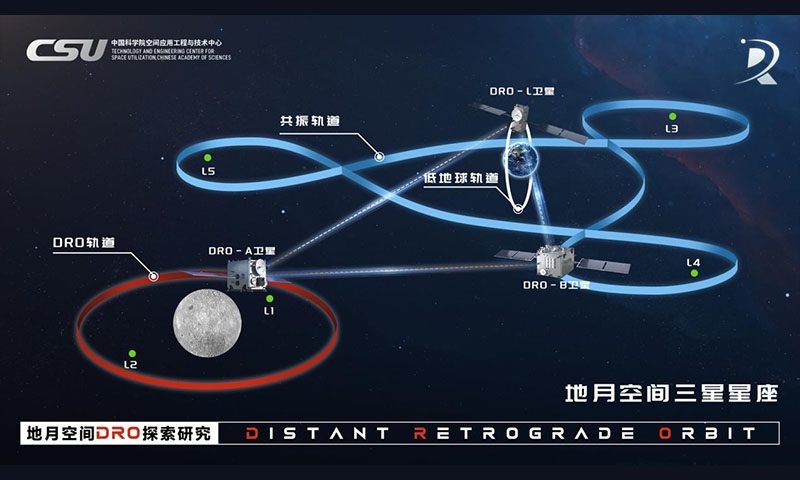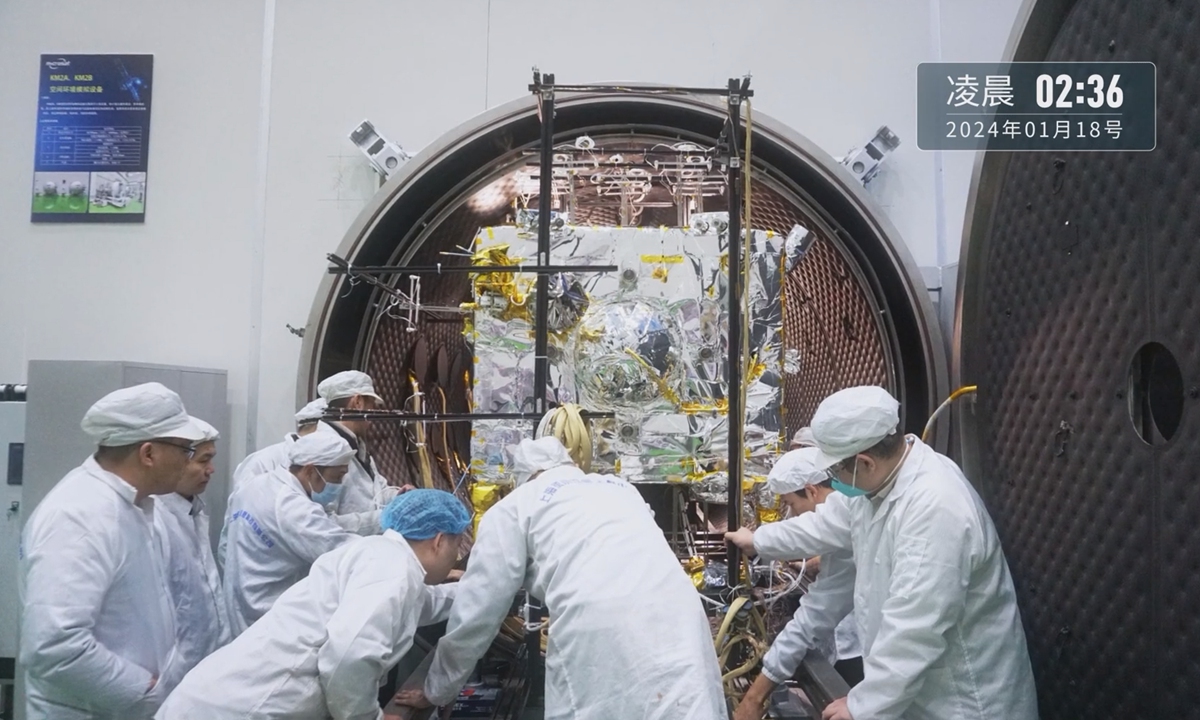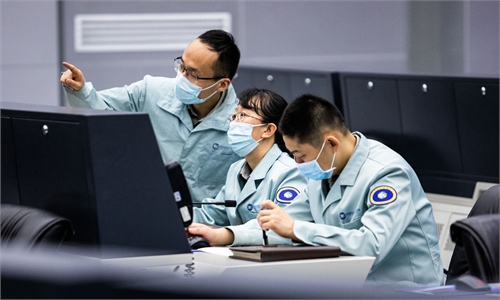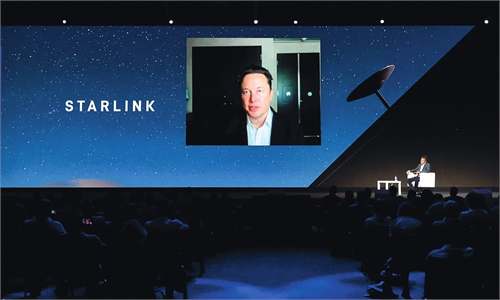
AI Photo: VCG
China has made remarkable strides in digital infrastructure and technological innovation during the 14th Five-Year Plan period (2021-25) with its total computing power ranking second worldwide and technology breakthroughs in key digital sectors, Liu Liehong, head of the National Data Administration (NDA), told a press conference on Thursday.
In terms of digital infrastructure, by the end of June, the country had 4.55 million 5G base stations and 226 million gigabit broadband users, with its total computing power ranking second worldwide. These advancements have strongly driven economic and social development, Liu said.
Technological breakthroughs also shine in key digital sectors. The integrated circuit industry has formed a complete industrial chain covering design, manufacturing, packaging, testing, equipment and materials. Domestic operating systems are thriving, with China's self-developed HarmonyOS powering over 1.19 billion devices across over 1,200 product categories like smartphones, cars and home appliances. China's overall AI strength has seen systemic growth, holding 60 percent of global AI patents, according to the NDA.
The data industry has emerged as a new growth driver. In 2024, the number of data enterprises in China exceeded 400,000, and the scale of the data industry reached 5.86 trillion yuan ($817.24 billion), an increase of 117 percent compared with the end of the 13th Five-Year Plan period (2016-20). Digital economy growth has also created over 100 new occupations, generating fresh employment opportunities, according to the NDA.
By the end of 2024, China's software revenue had grown by 80 percent compared with 2020, while the added value of above-scale electronic information manufacturing had increased by over 70 percent. Meanwhile, intelligent transformation and digital upgrading are advancing at an accelerated pace. More than 10,000 smart factories have been established, covering over 80 percent of major manufacturing industry categories. Smart home appliances and smart wearables have emerged as new consumption trends. - Global Times













There’s a wonderful education film about bringing a new life form back from space — it’s calle d “Life.” Everyone should watch this for context. And the Chinese have
Source link